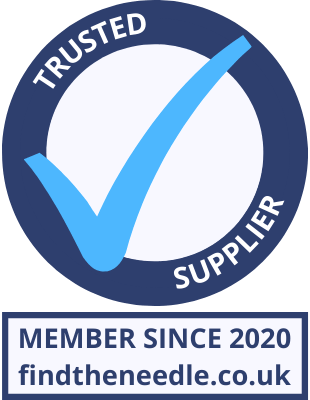 Add My Company
Add My Company
Sign In

In this never-ending Winter many of us have sought out the warmth of a trusty fleece, blanket or snuggie. As comforting as these comfy innovations are, the reality is that they are also packed full of synthetic microfibers. Microfibers make up a large amount of invisible plastics that are currently ravaging our oceans and entering the food chain through aquatic animals. Microfibers are estimated to be responsible for 85% of shoreline pollution across the globe. So how exactly can we tackle this invisible form of pollution?
Many of the clothes we wear will contain plastic, whether polyester, nylon or acrylic on average 64% of new fabrics contain synthetic materials. Each wash of these garments can release thousands of microscopic plastic fibers into the environment, which makes their way into our oceans and eventually our plates. This is because the plastic breaks down into microplastics and nanoplastics which are able to penetrate the organs of marine life. When washing our clothing, the washing machine can leak up to 1000,000 microfibers into our waterways. Once the plastic is absorbed by fish it begins to affect both wildlife and human health.
Sadly, the risks don’t end there, often these microplastics are carriers of toxic chemicals, which when released into the ocean can lead to genetic changes, reproductive issues and cancer in aquatic life. So not only could plastic be in the water we drink and the food we eat, it may also be in the air that we breathe. So now that we know that clothing is part of the problem, what is the solution?
Firstly, reducing the amount of clothing we buy overall is crucial. We should only buy when we need to, and try to shop second hand where we can. Any purchases we do make should be natural, organic and environmentally conscious. Read our guide to shopping sustainably here. If you are still in the need of a warm and comfortable garment to get you through the remaining winter months, look no further than Rippl Clothing. Our Generational Rippl Hoodie takes a sustainable, modern approach to the classic hoody. Made from 70% regenerated cotton it helps keep plastic and microfibers out of our oceans.
Microfiber research is still in early stages, so as well as reducing the amount of plastic we consume, demanding action from your representatives is the next best course for action. Reach out your local MP or sign one of the many petitions asking the UK government to enact a new law to phase out plastic pollution.
Beyond these measures there are some simple things you can do right now to be part of the solution. Try to wash your synthetic clothes less frequently, only use your washing machine on a full load (more clothes means less friction between them and less microfibres released), wash clothes on a cold setting, purchase a lint filter and or a Guppy Friend Wash Bag, which collects 99% of the fibres released in the washing process. Guppy Bags can be bought at both Patagonia, Sweaty Betty and other sustainable stores.
There is no doubt that more research needs to be done into the environmental and health effects of microplastics. These invisible pollutants need to be tackled on a larger scale, and only from the pressure of consumers will brands change their manufacturing practices. Until then, abstain from fast fashion and be mindful of over washing if you want to help protect the environment and health of marine and human life.
For more information on Shedding Light On The Invisible Pollutants Affecting Our Oceans talk to Rippl
Enquire Now
List your company on FindTheNeedle.
